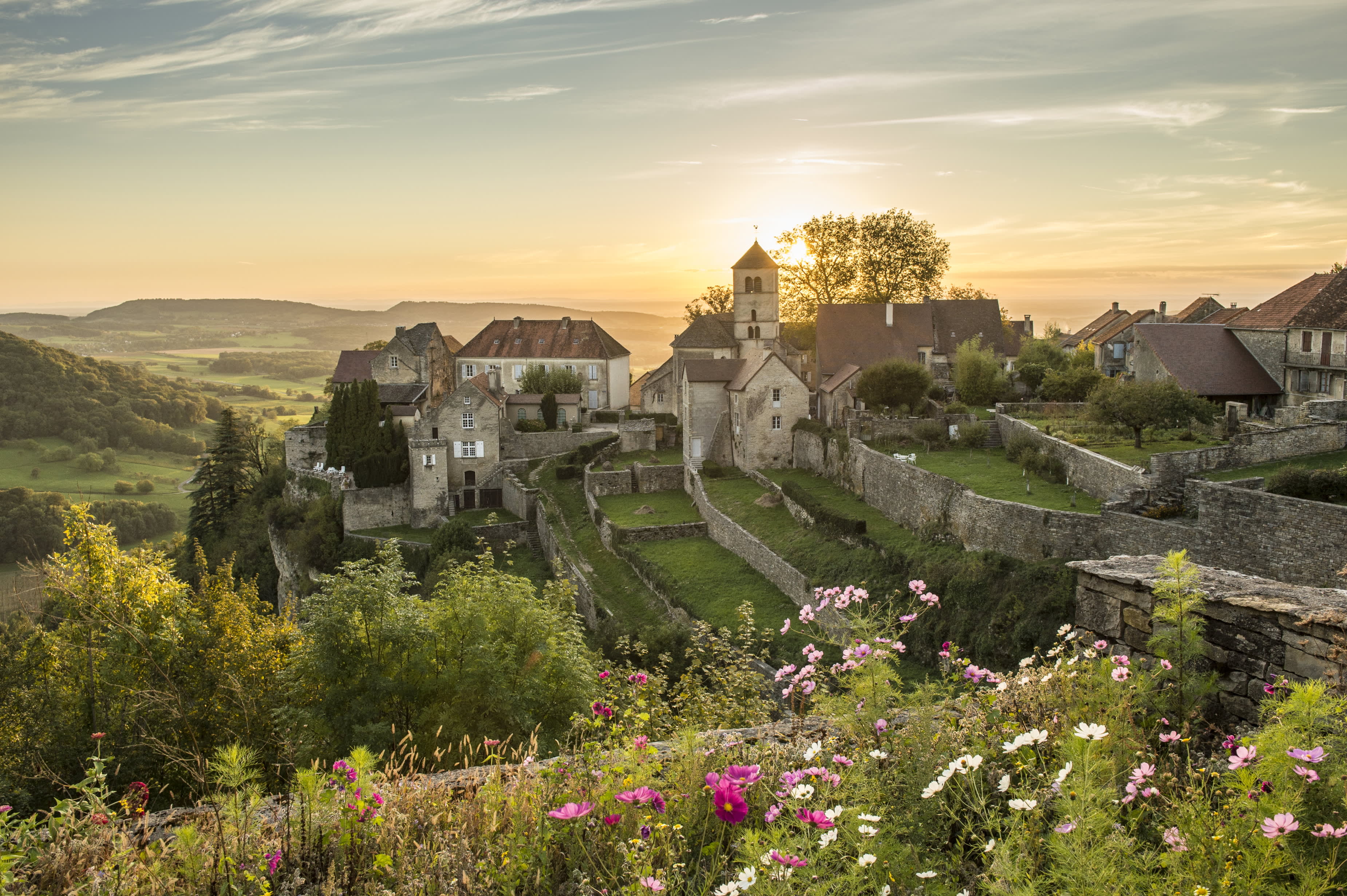More wineries in France are opening to visitors, said a French wine tourism expert.
Of France’s 87,000 wineries, only 13% were open to the public five years ago, said Martin Lhuillier, head of wine tourism at Atout France, the country’s tourism development agency.
Now, many more have opened their cellar doors for tours and tastings, he said.
“Since our last estimate, the number of wineries open to visits has grown by more than 10%,” he said.
It’s a growing trend in an industry that once resisted the chummy, open-door policies common in wineries in California, South Africa and other “New World” wine regions. The thinking was that French wineries — or chateaux — were in the business of making serious wine, not courting families with playgrounds on the premises — a practice common in parts of Australia.
But that started to change years ago when wineries began installing visitor-friendly tasting rooms, revamping their cellars and organizing vineyard tours, turning working estates into small-scale travel attractions.
Some French wine tourists still think that … if they are buying the wine than they shouldn’t be expected to pay for the visit.Martin LhuillierHead of Wine Tourism, Atout France
Activities soon followed, with visitors able to book picnics, grape-harvesting workshops and treasure hunts for the kids in areas as distinguished as Bordeaux.
The trend has climbed up the echelon of French winemakers, from small, independent estates to the country’s powerhouse producers. Now, the “vast majority” of France’s most prestigious chateaux are open to visitors too, said Lhuillier.
French wine tourism — by the numbers
There are four main types of wine tourists to France, said Lhuillier. The largest group (40%) are “epicureans” he said, who aim for enjoyment and to “please their senses.”
They are followed by “classics” (24%) who view wine as one experience, among others, on a vacation. “Explorers” (20%) value more in-depth knowledge, he said — they want to meet the winemakers and explore lesser-known aspects of wine. Remaining visitors (16%) are “experts” who want to master the science of wine, he said.
Wine tourism in France generates approximately 5.2 billion euros ($5.9 billion) a year, said Lhuillier.
Before the pandemic, the country welcomed around 10 million wine tourists each year, who spent an average of $1,430 per stay. Most of these visitors came from within France (58%), but growth from international visitors was outpacing that of domestic ones.
“The average growth rate for wine tourism in France in the last six years is around 4% per year, with the growth being higher for foreign tourists,” he said.
Two camps
Lhuillier said he divides France’s wine regions into two camps:
- the “classic” destinations, where wine plays a decisive role in travelers’ decision to visit the area, such as Bordeaux, Burgundy, Champagne and Alsace; and
- regions where wine plays an important, though not primary, role in the choice to visit, such as Provence, Occitanie and Loire Valley.
Visitors mainly want to sample and buy wine, though the desire to experience a region’s “sceneries, cultures, heritage and gastronomy” isn’t far behind, said Lhuillier.
Others come to partake in wine-based activities, from winemaking workshops and grape-based wellness therapies to wine festivals and family activities in the vineyards, said Lhuillier. He called all of these “growing trends” in France.
French vs. other tourists
There aren’t many differences between French and foreign wine tourists, said Lhuillier.
However, the French tend to look for more “authenticity” on their tours, he said. They usually want direct contact with a winemaker, he said, while foreign visitors have fewer qualms about being guided through a winery by a member of the estate staff.
“Another difference … is that French wine tourists are less likely to pay for a visit and tasting than their foreign counterparts,” said Lhuillier. “Some French wine tourists still think that … if they are buying the wine than they shouldn’t be expected to pay for the visit.”
But this is now changing, he said, especially since “visits have considerably grown in content and quality.”
“Well-hidden secrets”
“As a general rule, the bigger the brand the more foreign wine tourists are likely to visit,” said Lhuillier.
However, an “American wine buff who has been on several wine trips in France is much more likely to try Jura … than a Parisian who’s only had a single wine tasting weekend in Champagne.”
Jura is one of six “well-hidden secrets” that Lhuillier recommends. It’s one of the smallest wine regions in France and home to some of its most beautiful villages, he said.
The “heart and soul” of the area, is its vin jaune (yellow wine), which is celebrated on the first weekend of February during a massive festival called La Percee du Vin Jaune, he said. This year, the event has been moved to April.
Corsica is a well-known tourist hotspot, but its “spectacular island vineyards are not as famous,” he said. The same applies to Ardeche, a sub-region of the Rhone Valley, which has “larger than life wines and … amazing wine tourism experiences, such as its underground wine tastings.”
Between Burgundy and the Rhone Valley sits Beaujolais, which is known for its Beaujolais Nouveau wine, produced from the gamay grape.
The area is “known locally as the Tuscany of France for its sceneries and art of living,” said Lhuillier. “It is within an hour’s drive of … Lyon, which happens to be the capital of French gastronomy.”
Lastly, South West France, called “Sud-Ouest” in French, is a huge wine-producing region with big names and “off the beaten track” gems, said Lhuillier. He recommends two areas not far from the Spanish border: Jurancon, where “the region’s Indian summer and the warm wind offer an exceptional sweet wine,” and Irouleguy, “the smallest of France’s mountainous wine region deeply rooted within Basque Country.”
He also recommends the vineyards around Bergerac and Duras, south of Bordeaux. Lhuillier called the area an unspoiled “natural jewel” and a “growing destination for wine tourists rooting for sustainability.”
